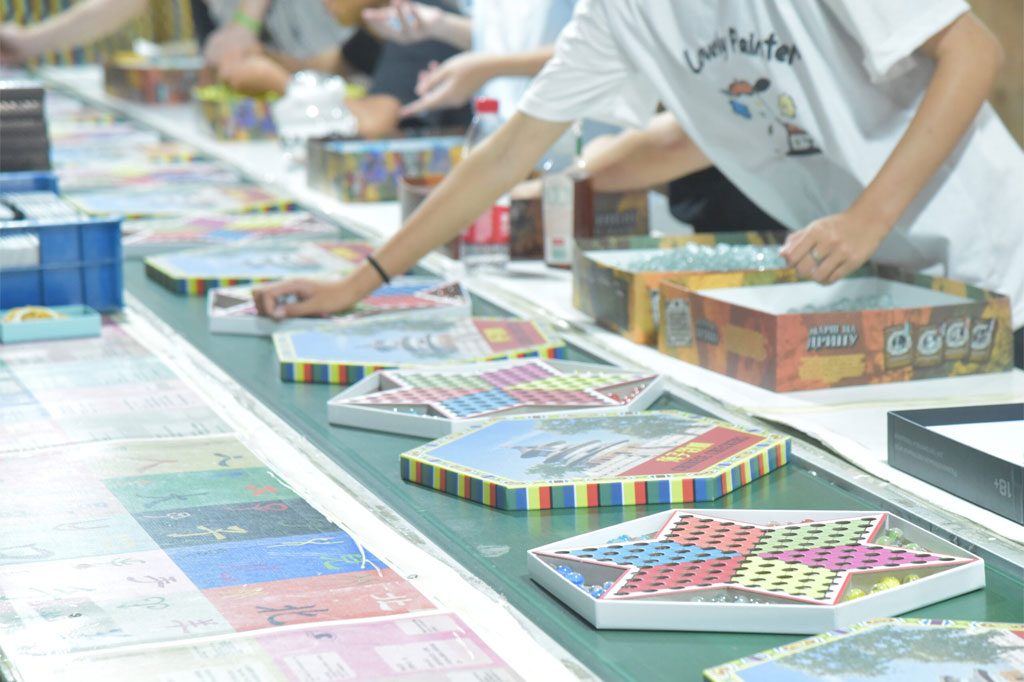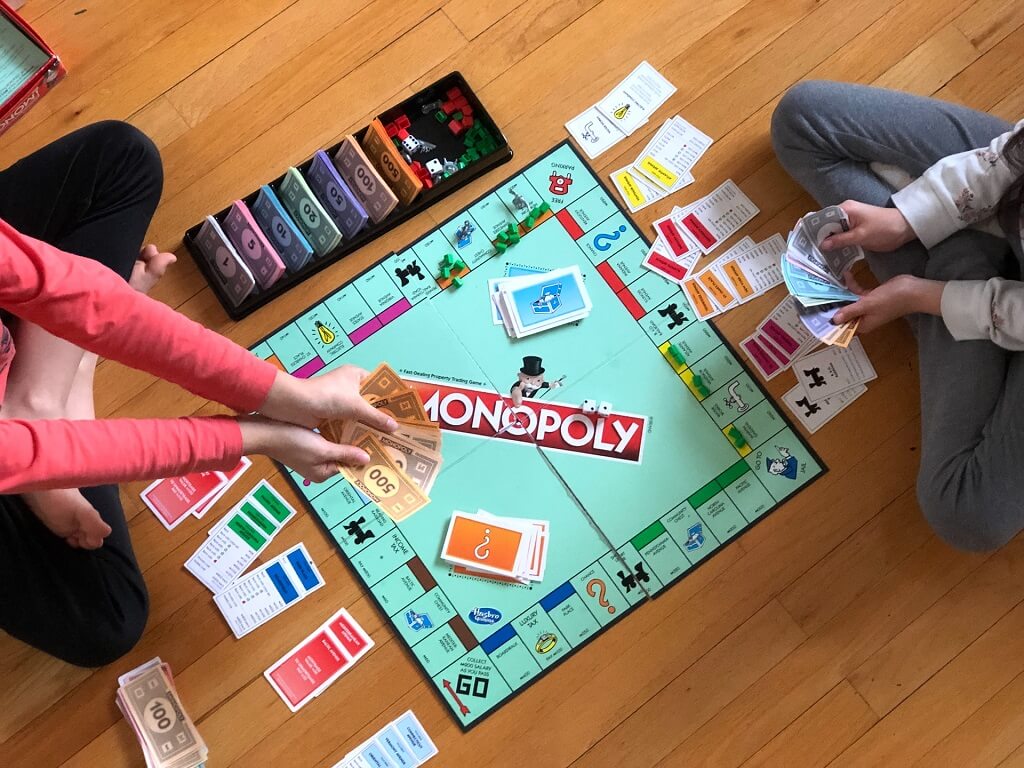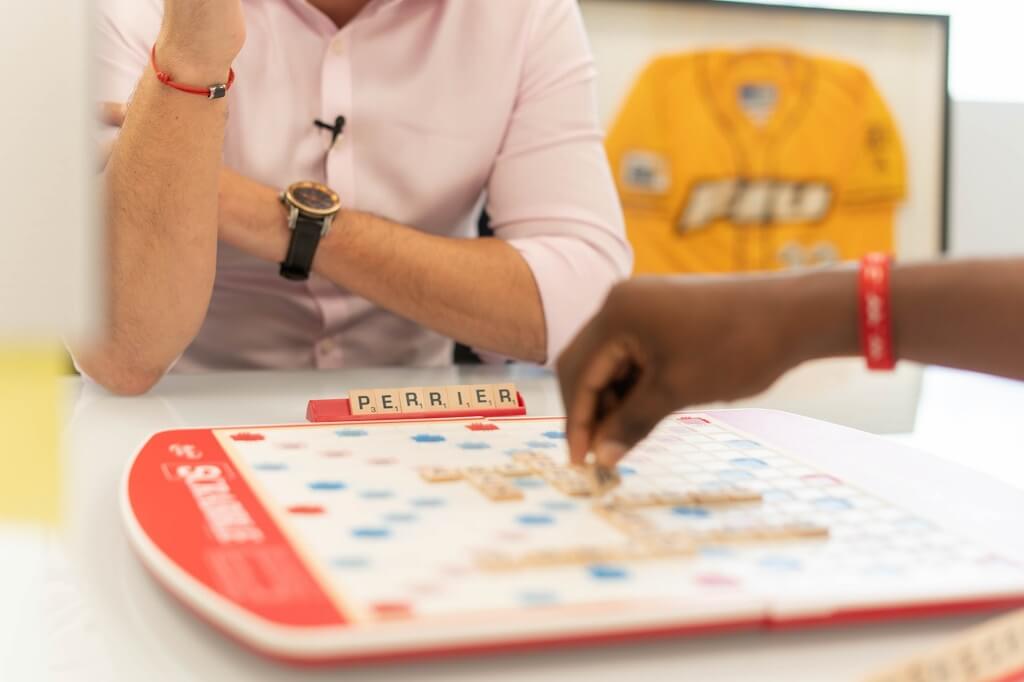At our board game manufacturing company, sustainability is at the core of our production process. As an industry that traditionally relies heavily on paper and plastic, we understand the environmental challenges involved in creating fun, high-quality games.
That’s why we have committed ourselves to eco-friendly practices that not only reduce waste but also ensure the games we produce are as sustainable as they are enjoyable.
Here’s a look at how we make it happen.
Table of Contents
1. Sourcing Sustainable Materials
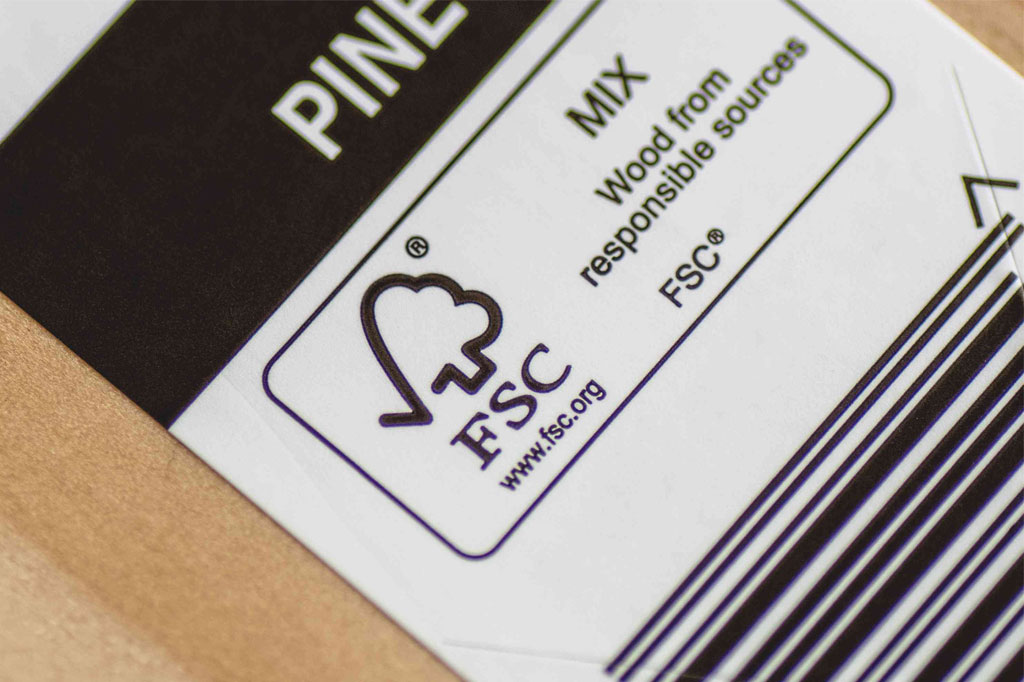
One of the first steps in ensuring eco-friendly production is choosing the right materials. We prioritize using sustainably sourced and certified materials such as recycled paperboard and FSC-certified wood for the game pieces, boxes, and cards. FSC certification guarantees that the wood is sourced from responsibly managed forests, supporting biodiversity and minimizing the environmental impact of deforestation.
For game cards and other paper-based components, we opt for post-consumer recycled paper, which significantly lowers the carbon footprint compared to virgin paper products. Using recycled materials also helps minimize the strain on natural resources.
2. Reducing Plastic Use
While plastic has been a common material in board game manufacturing, we are actively working to minimize its use. Our game pieces, tokens, and other accessories are made from alternative materials whenever possible, such as biodegradable plastics or eco-friendly resin.
When plastic is necessary, we use recycled plastic to give new life to the material and reduce the need for virgin plastic production.
Additionally, we’ve switched to eco-friendly plastic bags for packaging components, ensuring that even the packaging adheres to sustainable practices.
3. Eco-Friendly Inks and Dyes
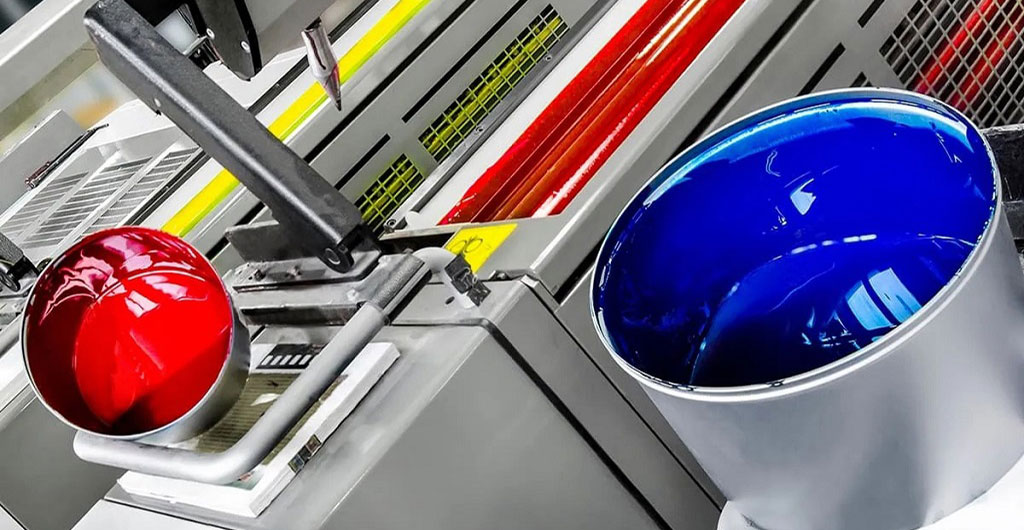
Another critical aspect of eco-friendly board game manufacturing is the use of inks and dyes. Many traditional printing inks contain harmful chemicals that can negatively affect the environment. To address this, we use soy-based inks that are non-toxic, biodegradable, and more energy-efficient to produce than petroleum-based alternatives.
Soy-Based vs. Petroleum-Based Inks
Feature | Soy-Based Inks | Petroleum-Based Inks |
Base Ingredient | Soybean oil | Petroleum-derived compounds |
Environmental Impact | Biodegradable, lower VOC emissions | Higher VOC emissions, non-renewable |
Print Quality | Brighter colors, sharper images | Darker colors, can smudge more |
Drying Time | Slower drying | Faster drying |
Cost | Slightly more expensive | Generally cheaper |
Recyclability | Easier to de-ink for recycling | Harder to remove in recycling |
Availability | Increasing but less common | Widely available |
Additionally, we avoid using heavy metals and other harmful chemicals in dyes or coatings, opting for eco-friendly alternatives that are safe for the environment and for consumers.
4. Waste Minimization and Recycling
Our commitment to reducing waste extends throughout every stage of the production process. From design to manufacturing, we work hard to minimize offcuts and excess materials.
Any waste materials generated during production—such as paper offcuts or plastic scrap—are collected and recycled, keeping them out of landfills.
We actively encourage our suppliers to implement waste-reduction practices, ensuring sustainability is upheld throughout the entire supply chain.
5. Packaging with a Purpose
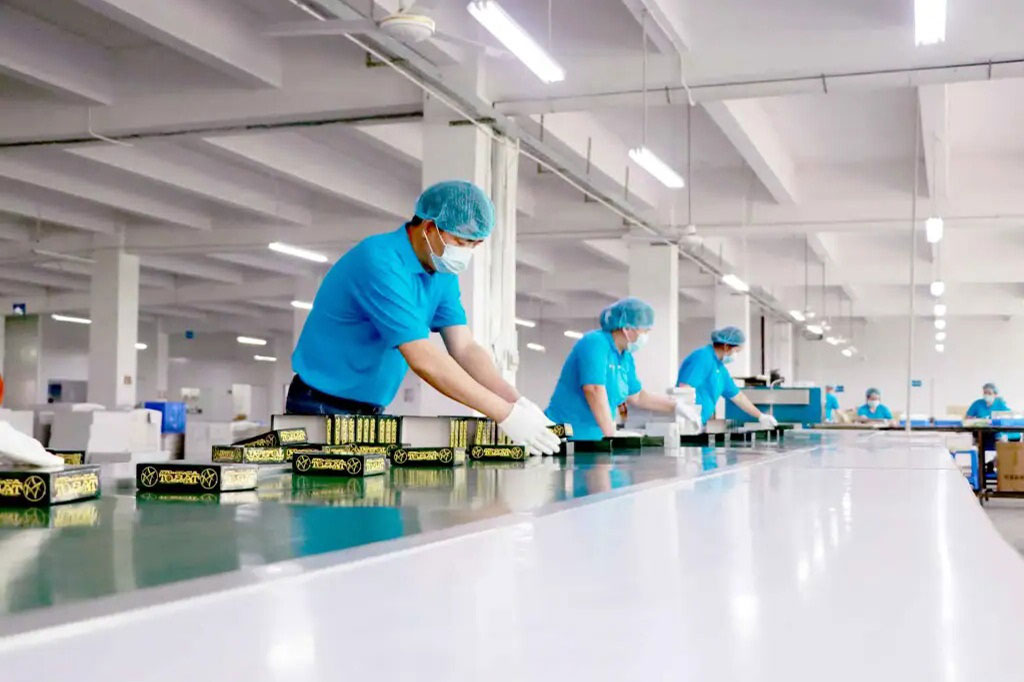
Packaging is often one of the most wasteful aspects of product manufacturing, but we take great care to ensure that our board games are packaged in an eco-friendly way.
Instead of using excessive plastic packaging or non-recyclable materials, we use recyclable cardboard and paper materials that are minimal yet effective in protecting the game.
Our boxes are designed for compactness, minimizing the raw materials needed for each unit. We also offer customers the option of receiving their games in minimalist packaging, which further reduces waste and aligns with our sustainability goals.
6. Supporting Green Initiatives and Certifications
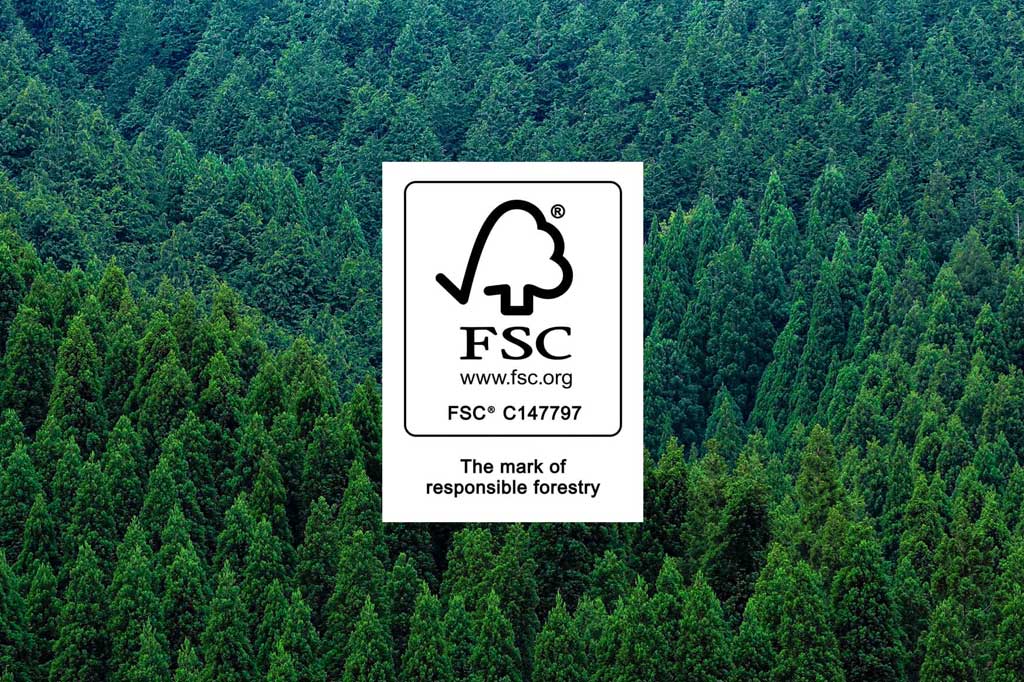
We partner with organizations and third-party certifiers that support sustainable practices, such as the FSC (Forest Stewardship Council) and the Rainforest Alliance. These certifications validate that the materials we use adhere to strict environmental and ethical sourcing standards.
We also participate in industry events and forums focused on sustainability, keeping ourselves updated on the latest trends and innovations in eco-friendly manufacturing practices. By staying connected with these initiatives, we can continue to improve our operations and contribute to a more sustainable future for the board game industry.
7. Transparency and Continuous Improvement
We believe in being transparent about our manufacturing processes and eco-friendly practices. Our customers can always reach out to us to learn about our materials, production methods, and sustainability initiatives.
We also welcome feedback and suggestions, knowing that continuous improvement is essential in achieving long-term sustainability.
Final Words
For us, sustainability isn’t just a trend—it’s a responsibility we uphold with commitment. And as we continue to innovate and refine our practices, we’re excited to lead the way in eco-friendly board game manufacturing.

